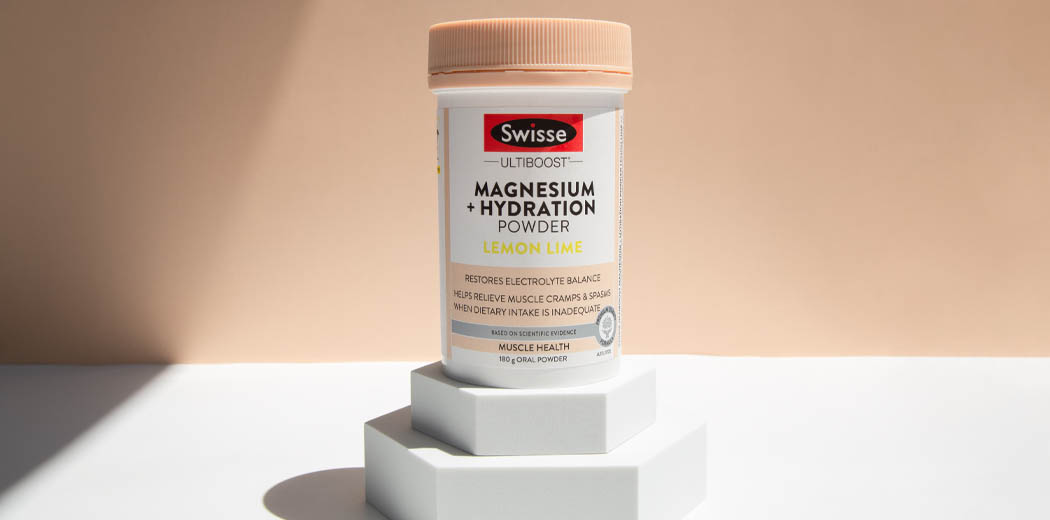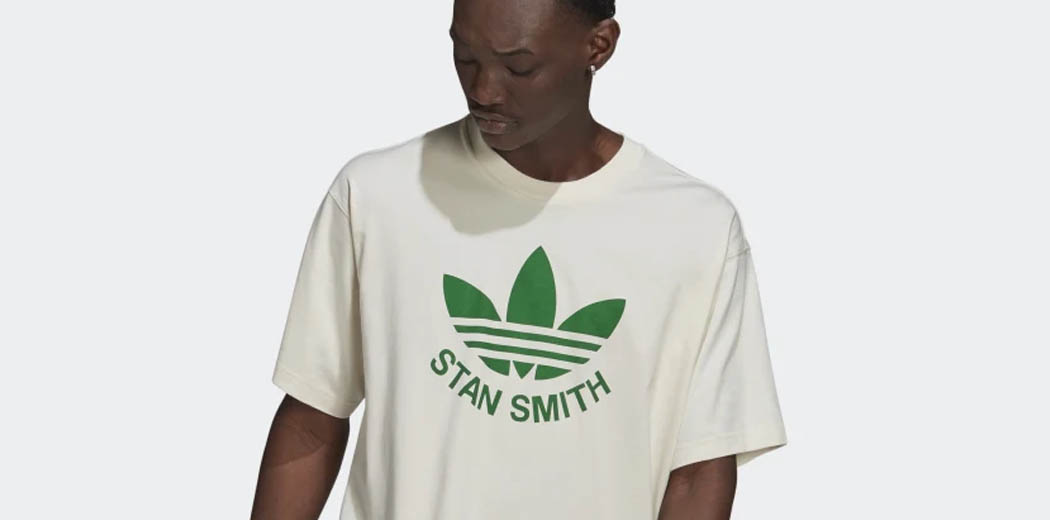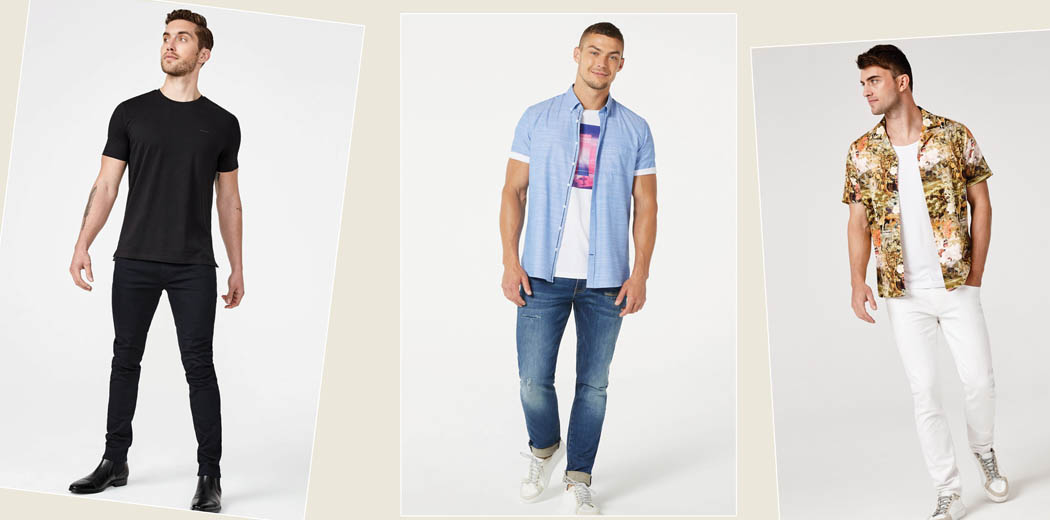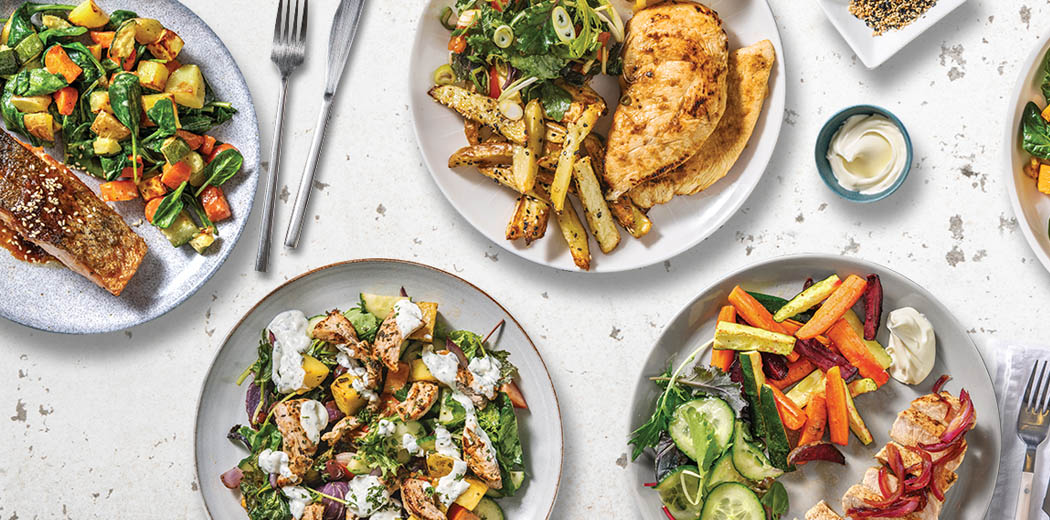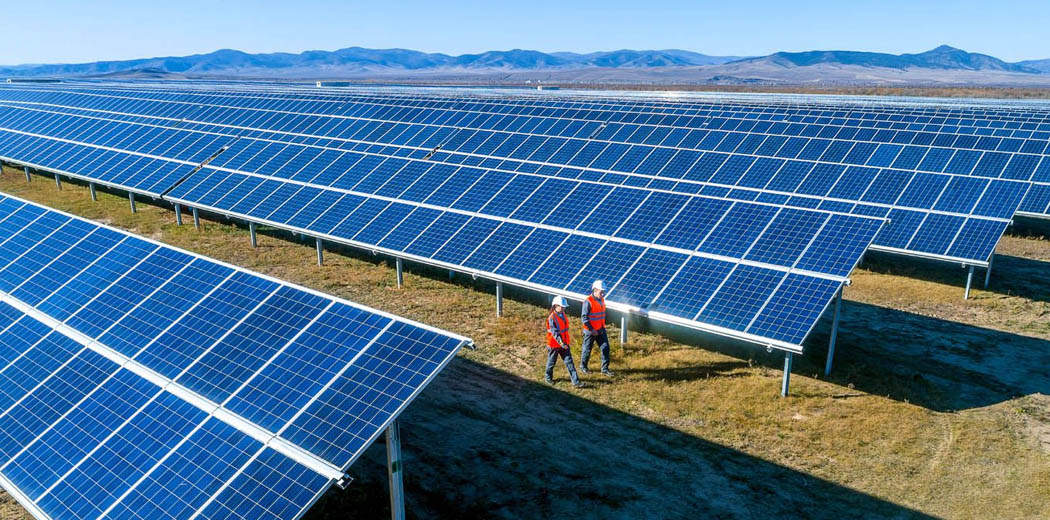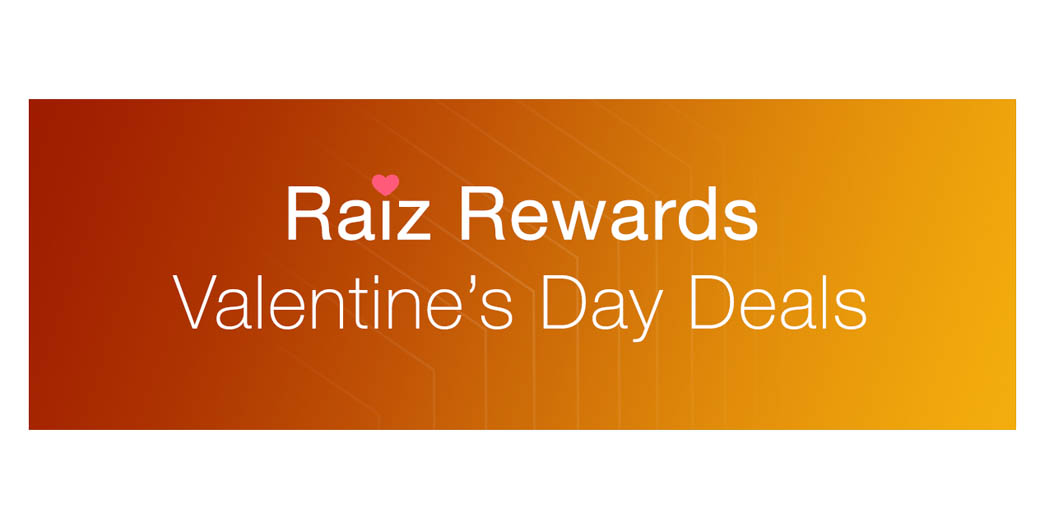In the late 1960’s, Swisse founder Kevin Ring set off on a Quest to explore the world in search of nutrient rich ingredients gifted by nature. He spent years visiting the furthest corners of the globe to source premium ingredients and develop innovative concepts, resulting in over 200 products that now make up the Swisse range. They are thrilled to share their expertise and offerings with you, to assist you in your own journey towards health and happiness. Read Post
Invest the spare change
Have you ever wondered how to match wine with food? Or why people go for white wine with fish and red wine with beef?
I’m often asked wine pairing questions like this, so I thought I’d peel away some of the mystery for you. The secret is choosing a wine that will play nice with your meal, not smother it or fight with its flavours.
Here are some guidelines to help you feel more confident. Read Post
Raiz Reward Brands: Chemist Warehouse, Clinique, YSL Beauty, Mac Cosmetics, Kiehls
Australia’s UV ratings are peaking around the country, with levels hitting four times what is considered dangerous for our skin. The UV index is a system designed to tell us how much radiation from the sun reaches us on earth. When the index reaches three, people with fair skin are in danger of getting burnt.
This doesn’t seem to be stopping people from heading outdoors to beaches and parks, which is understandable during the summer holiday season. But it’s important to be protecting your skin by using both daily lotions, sunscreens and cleansers that protect, revitalise and support your skin.
But if traditional sunscreen isn’t your thing, the following brands have lightweight daily skincare products that include SPF, which might want to try out. These brands are also all available in Raiz Rewards!
Clinique (4.9% Raiz Reward)
For during the day, use Clinique’s Daily Protective Base SPF 15
Clinique’s Moisture Surge Hydrating Lotion is a refreshing non-irritant lotion that will sooth sunburnt skin.
Chemist Warehouse (0.7% Raiz Reward)
A hydrating cleanser like CeraVe Hydrating Cleanser or La Roche-Posay Toleriane Dermo Cleanser are recommended products to use to remove sunscreen, without irritating your skin.
SPF 50+ everyday, nourishing sunscreen lotion that hydrates and protects the skin. From Chemist Warehouse.
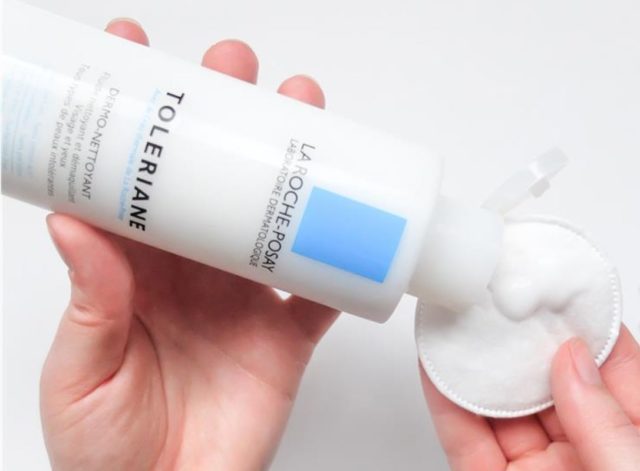
MAC Cosmetics (5.6% Raiz Reward)
Mac Cosmetics Studio Fix Fluid SPF 15 a lightweight foundation that will support your skin but if you are intending to hit the beach, try aim for a product that is 30-50+SPF.
YSL Beauty (5.39% Raiz Reward)
YSL Flawless Matte Finish has a whopping SPF 40 and is perfect for the days were the UV is higher.
Forever Youth Liberator is the 1st anti-ageing skincare by Yves Saint Laurent that has SPF 15.
Kiehls (4.2% Raiz Reward)
Kiehl’s Ultra Light Daily UV Defence Cream is a lightweight CC cream that helps defend skin with broad spectrum SPF 30+ and pollution protection
Kiehl’s Butterstick Lip Treatment SPF 30 A buttery smooth lip balm with SPF protection.
Shop through Raiz Rewards in the Raiz app to earn a % of your purchase invested back into your Raiz account. Reward amount as of 18/02/21.
Important Information
If you have read all or any part of our email, website, or communication then you need to know that this is factual information and general advice only. This means it does not consider any person’s particular financial objectives, financial situation, or financial needs. If you are an investor, you should consult a licensed adviser before acting on any information to fully understand the benefits and risk associated with the product. This is your call but that is what you should do.
You may be surprised to learn that RAIZ Invest Australia Limited (ABN 26 604 402 815) (Raiz), an authorised representative AFSL 434776 prepared this information.
We are not allowed, and have not prepared this information to offer financial product advice or a recommendation in relation to any investments or securities. If we did give you personal advice, which we did not, then the use of the Raiz App would be a lot more expensive than the current pricing – sorry but true. You therefore should not rely on this information to make investment decisions, because it was not about you for once, and unfortunately, we cannot advise you on who or what you can rely on – again sorry.
A Product Disclosure Statement (PDS) for Raiz Invest and/or Raiz Invest Super is available on the Raiz Invest website and App. A person must read and consider the PDS before deciding whether, or not, to acquire and/or continue to hold interests in the financial product. We know and ASIC research shows that you probably won’t, but we want you to, and we encourage you to read the PDS so you know exactly what the product does, its risks and costs. If you don’t read the PDS, it’s a bit like flying blind. Probably not a good idea.
The risks and fees for investing are fully set out in the PDS and include the risks that would ordinarily apply to investing. You should note, as illustrated by the global financial crisis of 2008, that sometimes not even professionals in the financial services sector understand the ordinary risks of investing – because by their nature many risks are unknown – but you still need to give it a go and try to understand the risks set out in the PDS.
Any returns shown or implied are not forecasts and are not reliable guides or predictors of future performance. Those of you who cannot afford financial advice may be considering ignoring this statement, but please don’t, it is so true.
Under no circumstance is the information to be used by, or presented to, a person for the purposes of deciding about investing in Raiz Invest or Raiz Invest Super.
This information may be based on assumptions or market conditions which change without notice and have not been independently verified. Basically, this says nothing stays the same for long in financial markets (or even in life for that matter) and we are sorry. We try, but we can’t promise that the information is accurate, or stays accurate.
Any opinions or information expressed are subject to change without notice; that’s just the way we roll.
The bundll and superbundll products are provided by FlexiCards Australia Pty Ltd ABN 31 099 651 877 Australian credit licence number 247415. Bundll, snooze and superbundll are trademarks of Flexirent Capital Pty Ltd, a subsidiary of FlexiGroup Limited. Lots of names, which basically you aren’t allowed to reproduce without their permission and we need to include here.
Mastercard is a registered trademark and the circles design is a trademark of Mastercard International Incorporated.
Home loans are subject to approval from the lending institution and Raiz Home Ownership makes no warranties as to the success of an application until all relevant information has been provided.
Raiz Home Ownership Pty Ltd (ABN 14 645 876 937), an Australian Credit Representative number 528594 under Australian Credit Licence number 387025. Raiz Home Ownership Pty Ltd is 100% owned by Raiz Invest Australia Limited (ABN 26 604 402 815).
In Australia and around the world, research is showing that while positive diet changes have occurred in the last year, such as more people cooking at home and eating more vegetables, many people have also reported to be snacking more and stress-related drinking.
If weekday dinners are starting to feel like the slog that doesn’t end, HelloFresh could just be the shake-up you need.
I enjoy cooking, I really do.
But the kind of cooking I’m talking about is a languid affair paired with wine and music and plenty of time. It is not flying through the door from work and daycare pick-up, desperately attempting to get three different meals on the table and still have time for bath and bed and story and – what was that other thing again? Oh yeah! A conversation with my husband! Read Post
Thinking of getting solar panels? You’re not alone – almost a quarter of Aussie homes have rooftop solar! Research estimates that 95% of people who have installed them think it was a good financial decision. It’s designed as an initial investment, that will pay itself off in a few years; how long varies, but according to Choice Magazine, it can be as little as two years. After that, you’re generating free electricity – from the sun to your home. Canstar Blue research estimates that the average bill payer with solar power saves about $350 a year on their power bill. You can even sell power back into the grid, saving on your bills while helping to save the planet.
There are a few factors involved when it comes to getting solar quotes; unlike conventional electricity, there’s a little bit more to think about. You’ll be making decisions about what sort of solar setup is best for the way you use power. They’re generally pretty straightforward though – no technical nous necessary! Here’s what you need to know.
Grid, off-grid, or hybrid solar system?
This is the major decision when going solar! It’ll impact the way you use your solar panels; and of course, it’ll also impact the price of your solar quote.
Grid-connected systems are the most common systems in Australia. They use all the power that your solar panels collect first. They don’t provide any power after dark, and work at limited capacity on overcast days; they’ll draw from the grid for your remaining power needs. With a grid-connected system, you can even sell power back to the grid; more on that later.
Off-grid systems are completely disconnected from the power grid. These systems can be used even in remote locations – basically, anywhere where there’s the sun! An important difference is that unlike grid-connected systems, these systems do require backup batteries. They store extra solar power you don’t use during the day to power your home at night, for round-the-clock electricity.
Hybrid solar systems are grid-connected systems that also include a back-up battery system. This means that you’re not relying entirely on the grid at night; they also mean you can sell power back to the grid.
Battery-ready systems are grid-connected solar systems that are ready to become a hybrid system down the track. They’re equipped with a hybrid inverter, allowing for future battery installation. This makes battery-ready systems a little bit pricier than standard solar panel setups, but they can pay off with power bill savings later.
Shop around to get a few solar quotes from different companies.
There’s a lot of solar panel installers out there, but they’re not one-and-the-same either in price or quality. Making sure your solar panel installer is reputable can save you some serious headaches later on!
This advice doesn’t just apply when you’re installing your solar panels. Once they’re installed, you may decide you want to upgrade, to add more panels, or get a battery. Over the years, you might need repair. It’s always better to collect and compare solar quotes; you can do this a lot faster with solar quote comparison websites.
But again, it’s not just about price! Check reviews too, to make sure they’re not just affordable, they’re capable and provide quality in installation and service. Google Reviews is an easy way to see what other people have been saying about that solar panel company. Investing time in finding a company you can trust can save you a lot of money down the track. A few tips to keep in mind:
- Make sure your solar installer is CEC approved (Clean Energy Council approved)
- Ask the sort of warranty are they offering to cover any issues that may arise with the solar installation. Solar panels should come at a minimum with an industry-standard 10-year product warranty and 25-year performance warranty (source: Department of Energy).
- Before committing, get an itemised quote and total price (including rebates, GST, etc.) so expectations are outlined upfront. This will minimise unwanted surprises later.
Getting an accurate solar quote
As we’ve said, solar panels aren’t a one-size-fits-all proposition. So to get the most accurate quote from a solar panel company, you’ll need to provide some information.
- Will your system be grid-connected, off-grid, hybrid, or battery-ready? Costs will vary depending on this, especially because of the need for battery installation for off-grid and hybrid.
- How much solar do I need? Solar companies can help you decide this, or you can estimate it yourself. Keep in mind, it’s not so much about how many solar panels per se, it’s about overall system capacity. Choice Magazine has a great guide to working out how much solar capacity you need.
- What kind of property will your system be installed on? Roof materials, age of the property, and a number of storeys, etc. help solar companies work out what type of solar setup suits you.
Solar companies can give you a ballpark figure over the phone, but they’ll be more accurate with a home visit. Once you’ve decided you want solar panels, organise an installer to come to the property. The solar quote will vary depending on factors like the capacity and type of solar system; the area you live in, and any government rebates available in your state or territory.
How much does the average solar panel setup cost?
The average across Australian capital cities is $5100 for a 5kW system according to Choice Magazine. Solar Choice has a handy table that breaks this down by city, with sunny Perth coming in as the cheapest; Sydney comes in a close second.
However, initial installation isn’t the only thing to consider; there’s also how long the payback period is, and how much you can save. This varies depending on how expensive grid electricity is where you live. For example, installing solar panels in Adelaide is slightly more expensive than in Sydney; but with their high grid electricity costs, they’ve got the faster payback period in the whole country at only two years.
How do solar feed-in tariffs (FiTs) work?
Want to maximise the potential of solar panels to lower your electricity bill? With a grid-connected or hybrid system, you can export power back to the electricity grid. By doing that, you’re acting as a mini power station helping Australia provide more clean, renewable energy to consumers. Not only that, but you’re being paid to do so!
Solar feed-in tariffs sound a bit technical, but they don’t have to be. Energy comparison website Econnex compiled a guide to how they work and finding the best solar feed-in tariff. They also provide a list of data on FiTs from 20+ leading energy retailers; this list is broken down by how many cents you’ll receive per kWh exported, covering NSW, VIC, QLD, SA, and ACT. you’ll receive for ultimate solar savings.
Maximising your FiTs
Want to make the most of your FiT credits? You’ll get paid more for the surplus solar power you feedback during peak times. The best part is, the sunniest hours are when you’re normally at work or school; so you’re not using that power anyway. Using a solar battery means you can store the power you’re not using during the day; then, you export it back during peak times for the highest FiT.
Solar batteries can be quite expensive, so you’ll need to think about costs versus benefits; if you’re at home during the day and using up a lot of that power, it mightn’t be for you. If you’re not sure, then a battery-ready system might be the way to go. That way, you’ll be able to decide to get batteries later.
Feed-in or self-consumption?
FiTs have fallen in recent years, leading to a trend of self-consumption; households focusing on consuming solar power from their systems and avoiding purchasing grid electricity. Across most states and territories, FiTs range from 6-8c per kWh; in comparison, grid electricity costs up to 30 cents per kWh; for every kWh of solar energy used, you’re saving 20-30c compared to buying it from the grid. Over time, that can up to hundreds of dollars of savings!
Key Takeaways
If you’re looking to save money on expensive power bills while helping Australia reduce reliance on fossil fuels, good on’ya! The long-term savings make the initial investment well worthwhile, and it’s great knowing you’re making a difference. Australia’s currently only using 5% of our potential household solar energy generation capacity, and every bit counts. If you’re interested in learning more, head to energy.gov.au’s guide to solar PV and batteries.
Going solar is great for your budget and Australia’s energy future. Now that’s a powerful proposition!
Compare energy prices with Raiz Energy through Raiz Rewards in the Raiz app and earn a up to $126* (was $112.) $84 (was $70) for electricity or $42 for gas reward invested back into your account once you switch providers. Increased rewards valid 05/02/2021 – 12/02/21
If you have read all or any part of our email, website, or communication then you need to know that this is factual information and general advice only. This means it does not consider any person’s particular financial objectives, financial situation, or financial needs. If you are an investor, you should consult a licensed adviser before acting on any information to fully understand the benefits and risk associated with the product. This is your call but that is what you should do.
You may be surprised to learn that RAIZ Invest Australia Limited (ABN 26 604 402 815) (Raiz), an authorised representative AFSL 434776 prepared this information.
We are not allowed, and have not prepared this information to offer financial product advice or a recommendation in relation to any investments or securities. If we did give you personal advice, which we did not, then the use of the Raiz App would be a lot more expensive than the current pricing – sorry but true. You therefore should not rely on this information to make investment decisions, because it was not about you for once, and unfortunately, we cannot advise you on who or what you can rely on – again sorry.
A Product Disclosure Statement (PDS) for Raiz Invest and/or Raiz Invest Super is available on the Raiz Invest website and App. A person must read and consider the PDS before deciding whether, or not, to acquire and/or continue to hold interests in the financial product. We know and ASIC research shows that you probably won’t, but we want you to, and we encourage you to read the PDS so you know exactly what the product does, its risks and costs. If you don’t read the PDS, it’s a bit like flying blind. Probably not a good idea.
The risks and fees for investing are fully set out in the PDS and include the risks that would ordinarily apply to investing. You should note, as illustrated by the global financial crisis of 2008, that sometimes not even professionals in the financial services sector understand the ordinary risks of investing – because by their nature many risks are unknown – but you still need to give it a go and try to understand the risks set out in the PDS.
Any returns shown or implied are not forecasts and are not reliable guides or predictors of future performance. Those of you who cannot afford financial advice may be considering ignoring this statement, but please don’t, it is so true.
Under no circumstance is the information to be used by, or presented to, a person for the purposes of deciding about investing in Raiz Invest or Raiz Invest Super.
This information may be based on assumptions or market conditions which change without notice and have not been independently verified. Basically, this says nothing stays the same for long in financial markets (or even in life for that matter) and we are sorry. We try, but we can’t promise that the information is accurate, or stays accurate.
Any opinions or information expressed are subject to change without notice; that’s just the way we roll.
The bundll and superbundll products are provided by FlexiCards Australia Pty Ltd ABN 31 099 651 877 Australian credit licence number 247415. Bundll, snooze and superbundll are trademarks of Flexirent Capital Pty Ltd, a subsidiary of FlexiGroup Limited. Lots of names, which basically you aren’t allowed to reproduce without their permission and we need to include here.
Mastercard is a registered trademark and the circles design is a trademark of Mastercard International Incorporated.
Home loans are subject to approval from the lending institution and Raiz Home Ownership makes no warranties as to the success of an application until all relevant information has been provided.
Raiz Home Ownership Pty Ltd (ABN 14 645 876 937), an Australian Credit Representative number 528594 under Australian Credit Licence number 387025. Raiz Home Ownership Pty Ltd is 100% owned by Raiz Invest Australia Limited (ABN 26 604 402 815).
A friendly reminder that Valentine’s Day is on the 14th of February which means you’ve got 10 days to spoil your significant other… or yourself.
With these deals from our partners, you won’t need to break the bank to show some love this year! Plus, remember to shop through the Raiz app to earn a percentage of your purchase invested back into your Raiz account.
A show following a group of young grads competing for a limited number of permanent positions at a leading international bank in London has launched on BINGE today (Feb 1). Industry gives an insider’s view of the blackbox of “high finance” through the eyes of an outsider, Harper Stern (Herrold), a talented young woman from upstate New York. Read Post
